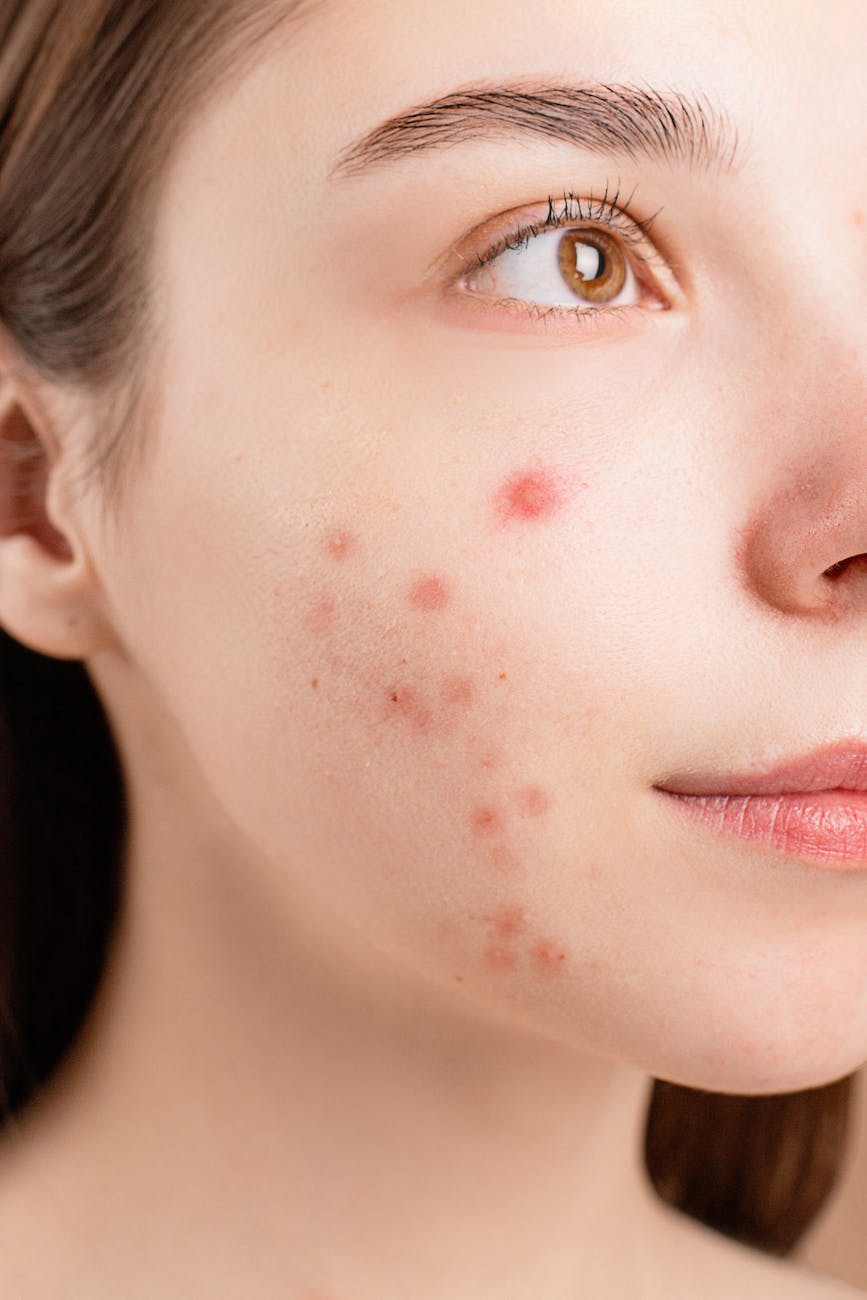Pimples, blackheads, acne, comedones… There are many frightening words, but the essence is the same. This is a skin rash that occurs mainly on the face, but can also occur on the back, shoulders, or other parts of the body. They cause a lot of inconvenience to the physical and aesthetic nature. And if only a few of us are not familiar with this, then most people are faced with this very often. There are those who constantly have to deal with the problem of rashes and inflammation that provoke them, who are always looking for effective solutions to the issue of how to get rid of acne.
Many turn to such a wonderful procedure as PRX-T33 treatment. But many are also looking for opportunities to cope with rashes on their own. In this article, you will learn more about acne and where it comes from, it can help you find your problem with acne and understand how to act to get rid of them.
What is acne and what are they?
To solve a problem, you must first understand what it is. To understand how to remove acne, you must first understand what they are. External manifestations, which are mainly disturbing, are only a reflection of what is happening inside.
Pimples are closed inflammation that develops under the surface of the skin and manifests itself in rashes. They are most common on the face, especially in the T-zone rich in sebaceous glands (forehead, nose, and chin), as well as on the back and chest.
Is pimple the same as acne? If one pimple, then no. But if there are a lot of them all over the face, and even they seem to be grouped, then yes. This is no longer a one-time inflammation, it is already a disease that needs treatment accompanied by a specialist. To prevent the face from becoming covered with scars and scars, acne should not be allowed to start.
Where do pimples come from? A pimple is when the sebaceous hair follicles become inflamed when the sebaceous glands are overactive when the pores are clogged with excess sebum and other impurities. Acne is a kind of cork formation, in the structure of which there is sebum, sweat, dead cells, cosmetic residues, and other external pollutants. It clogs the sebaceous gland and its straits. What is the result of this, you yourself know if you are wondering how you can get rid of acne.
The appearance of acne is preceded by the appearance of black dots – areas sealed with the above substance. Sebum, in contact with oxygen, oxidizes, darkens (hence the name “black dots”), and contributes to the formation of an airless environment with the appropriate conditions for the reproduction of acne-provoking bacteria. The causes of discoloration may be external contamination or the influence of melanin. There are different opinions about this, but the result is the same. Bacteria multiply, and subcutaneous fat continues to stand out, but it cannot go outside and collects under the cork, constantly nourishing the formation. So much for the inflammatory process, called closed comedones in dermatology, because it occurs under the surface of the skin. It is characterized by white color and a soft texture. It is closed comedones that often transform into red pimples, accompanied by unpleasant, and even painful sensations. Open comedones are a superficial type of rash, black dots (dark and denser). They are not painful and are easily removed during cosmetic cleaning.
In addition to closed and open comedones, there are a few more terms that will help you understand the types of skin problems and how to remove inflammation on the face:
- papules – red acne with a dense texture, devoid of a purulent component (painful red bumps);
- pustules – classic red pimples containing manure inside, and on top have an inflamed head (after they may remain stagnant spots and scars – post-acne);
- pink acne is a symptom of a disease such as rosacea. They do not have purulent content. They are not affected by the work of the sebaceous glands, which provokes their expansion of blood vessels;
- nodules or nodes – seals that form deep under the skin, hard nodules, from which pus is released as a result, and then scars remain in their place;
- cysts – this is when nodules accumulate in one area. They are characterized by stiffness and soreness. They are considered serious complications of acne and require a lot of effort. Therefore, the question of how to cure acne should be asked much earlier.
By the way, acne can be classified according to the form:
- light (black dots);
- medium (papules and pustules);
- severe (nodules and cysts).
There are also four degrees of acne spread:
- Rash on one or two areas of the face.
- The presence of comedones not only on the face but also on the body. There may be single papules.
- When papules and pustules predominate.
- The presence of painful subcutaneous nodes and the presence of scars.
Why does acne occur?
To understand how to deal with acne, you need to figure out what causes their appearance, which can provoke a rash.
Pimples can occur for a variety of reasons, which vary in children, adolescents, adults, and women and men. Here are the main ones:
- hormonal imbalance, primarily during puberty, during pregnancy, in certain phases of the cycle, but not only;
- hereditary physiological characteristics (genetic predisposition);
- dermatological conditions (hyperkeratosis or hypersecretion of the sebaceous glands);
- non-compliance with personal hygiene + improper skin care (this includes frequent touching of the face with hands, improper use of cosmetics, in particular, not regular, not in stages, not corresponding to the type and characteristics of the skin, which includes harmful components, etc.);
- squeezing old acne as a favorable condition for the appearance of new ones (so, if you are interested in how to quickly remove acne from the face, then certainly not the most common anti-method – squeezing);
- non-compliance with the drinking regime, unbalanced diet, far from a healthy diet, the use of fatty, fried, sweet, and other junk food;
- problems with the digestive tract, accompanied by imbalances in the intestinal microflora;
- psycho-emotional disorders (stress, depression, etc.);
- lack of sleep, trouble falling asleep, sleepless nights;
- bad habits (mainly smoking and drinking alcohol).
That is, acne can occur, both for external and internal reasons. Something, for example, heredity, does not depend on us. But we can eliminate most of the causes, thereby correcting the condition of the skin in the direction of its health and beauty. Identify and eliminate the root cause of inflammation – and enjoy life!
The only thing that overshadows the situation is that it is impossible to get rid of acne forever. But it is quite realistic to minimize the number of rashes, prevent the occurrence of a new rash, and give health, cleanliness, and dullness to the face, choosing the right home care.





